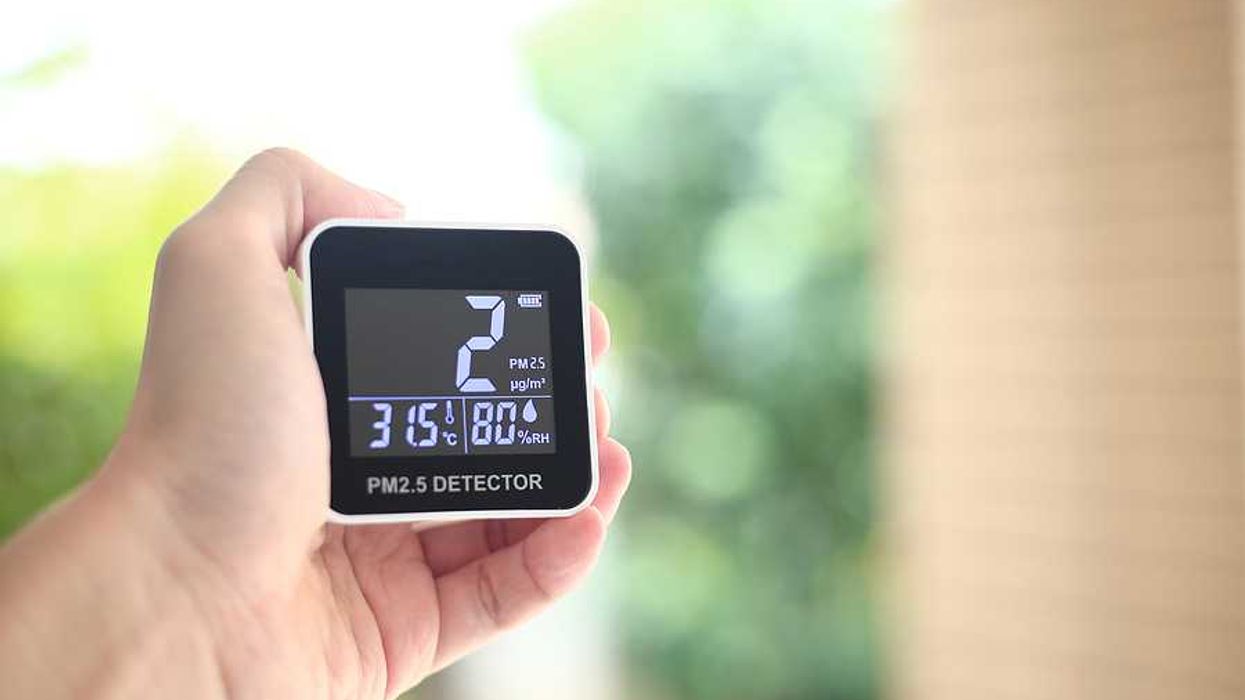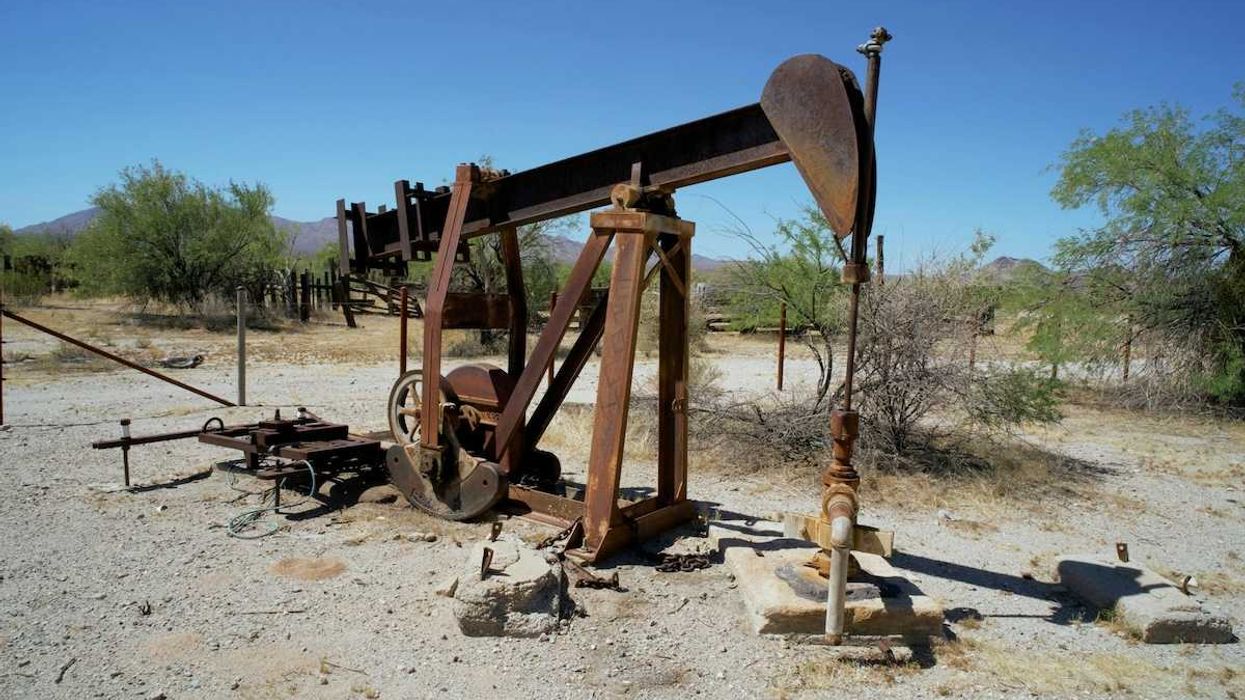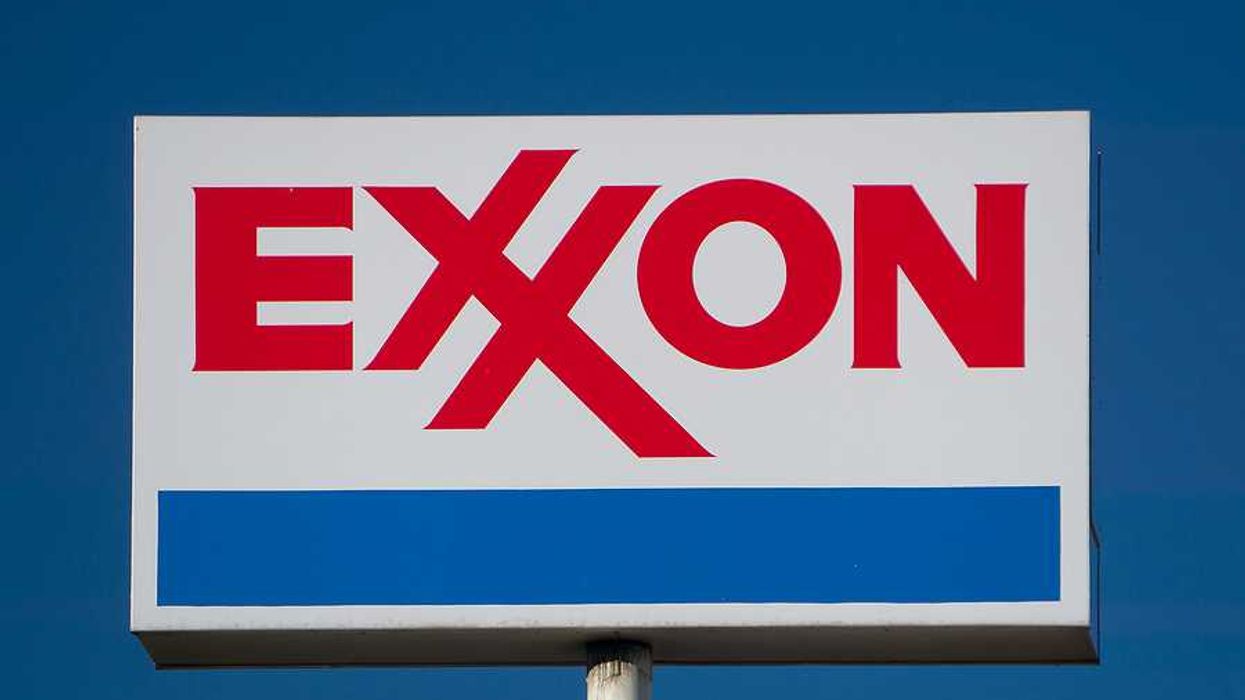Oversized SUVs and trucks contribute to a rising number of pedestrian and cyclist deaths, yet policymakers have done little to address the dangers posed by these massive vehicles despite their outsized societal impact.
In short:
- SUVs and pickup trucks now account for 80% of new U.S. vehicle sales, with taller, heavier models posing increased risks to pedestrians, cyclists and smaller vehicles.
- Despite studies showing that larger vehicles make accidents deadlier for others, public officials have largely avoided regulating vehicle size due to political and cultural resistance.
- Activists and experts suggest following the anti-tobacco movement’s approach by building local grassroots momentum to curb the rise of oversized vehicles.
Key quote:
"We need to think about big cars in the same way we think about cigarettes: affecting not just the user, but everyone around the user."
— Robert Proctor, history professor, Stanford University
Why this matters:
Pedestrian and cyclist deaths have surged to 40-year highs, correlating with the rise of larger vehicles. Without regulation, the growing prevalence of SUVs could further reduce walkable, bike-friendly public spaces, perpetuating health and safety risks. And larger vehicles still lag behind smaller, lighter vehicles in terms of miles per gallon. The result is a transportation sector that could undermine air pollution and climate goals.
Read more: America's growing preference for larger vehicles raises concerns














